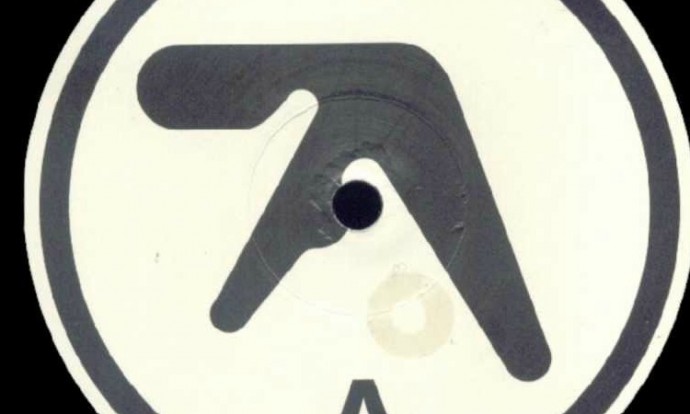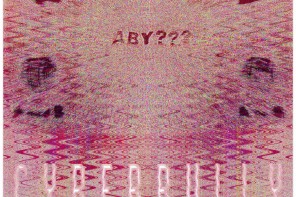Studies show that listening to classical music while studying or taking exams can be extremely beneficial. There have been no studies, but anecdotally, listening to Aphex Twin while reading or writing initiates a similar phenomenon which arrives in pulsations and murmurings: the brilliance of the work is brimming, uncontainable, and at first opportunity will instill itself in the consciousness of its audience. It’s no wonder that his work spawned a branch of electronic dance music nicknamed “intelligent dance music” – the attentive listener picks out obsessively-cultivated polyrhythms meshed with organic (yet meticulous) synth pads alongside high-tempo grooves which remain paradoxically under the umbrella of “ambient works.” I find it difficult to group this album by anything other than its unbridled genius and its status as a purely electronic orchestration.
The crazy thing about the album is how simple its layers are given the complexity of its effect. “Xtal,” easily one of the most recognizable and listenable ambient compositions ever created, is composed of a synth pad, a synth lead, a bass thump and hi-hat, and a murmuring, incomprehensible vocal sample. The snare sneaks its way in after a minute, but by that point it’s impossible to keep thinking about individual instrumentation – the mix of synthetic sound is intoxicating and mesmerizing. On “Pulsewidth,” we hear a dial tone-like synth voice effaced by a relentless beat — but instead of layering on top, most of Aphex Twin’s genius lies in stripping down already-demonstrated grooves in favor of peculiar turns and reimaginings of previously stated ideas. The post-production is as polished and effective as the composition, featuring a side-to-side pan which wows the headphone listeners and mildly disorients speaker listeners. Stereo goodness is continued in “Ageispolis,” a mellowed-out progressive house journey reminiscent of adventurous tracks on Richard D. James Album (i.e. synth melodies that could easily be repurposed for any early 00s video game with decent landscapes, restrained yet omnipresent percussive elements).
What makes Selected Ambient Works different, though, is that we don’t stay in the land of adventure for long – the transition between sonic zones of the album (not really songs so much as evocations of sentiment or setting) can be completely unnoticeable to the inactive listener, and inactive listening seems like a primary design of the album. Melodies worm themselves progressively into your subconscious in cryptic sequences, but avoid the mental spotlight for extended study; an odyssey implies that the listener is actively being told the plot of an epic story, but SAW stays firmly in the realm of shaping thought with tonal implications.
The only real words we get to latch onto in the entire album are simple and on-topic: “We are the music makers.” Richard D. James doesn’t need words to convey his ideas to you. He doesn’t even need a guitar. With laptop and keyboard, he implants the logic of his sonic mutations into your brain, and it’s not an unpleasant sensation — it’s beautiful in a way that only sound can be, the sound of a truly creative mind. Like many of his other beats, it’s a machinist house beat derivative set to ethereal looping synth licks, but the acidic influence of his production makes something about the traditional structure too drippy to grasp in a closed fist. Tracks on SAW run through your fingers like liquid thought, and in the end the warped minimalist perfectionism of Aphex Twin (captured as accurately as he could provide for us in electronic form) is much more appealing than the any recorded effort to recreate a composer’s sentiments captured in script.
-Jonathan Ben-Menachem
Album is available on Spotify and iTunes. Listen to “Xtal” below.





